Mid-Year Review : a Guide to Run it

Get the work done for any meeting
Meeting transcription, AI custom notes, CRM/ATS integration, and more
Half year : now’s the moment to pause, reflect, and reset before December sneaks up on you.
That’s what a mid-year review is for.
In this guide, you’ll learn how to run a mid-year review that’s clear, constructive, and future-focused.
What Is a Mid-Year Review?
A mid-year review is a formal, one-on-one checkpoint held around the halfway mark of the year.
You and your employee step back from daily tasks to measure progress against agreed goals.
Why does this matter? Because course-correcting in June is cheaper than scrambling in Q4. Spotting a slipping KPI now can save an entire project later.
Topics, KPIs & Questions to Cover in a Mid-Year Review

Here’s what to cover—and how to ask it.
1. Goal Progress
Start with OKRs or SMART goals set in January.
Are they on track, off track, or done?
Use a red–yellow–green scale to rate each goal.
Then go deeper:
- “What moved this goal forward in the first half?”
- “What slowed it down—and can we fix that now?”
- “Does this goal still make sense based on current priorities?”
2. Core KPIs by Role
Bring hard numbers to the table.
Lock your snapshot a week early so you debate insights, not metrics.
- Sales: Quota attainment, average deal size, pipeline health.
- Marketing: Campaign ROI, MQL conversion, channel performance.
- Product/Tech: Feature delivery rate, bug volume, team velocity.
- Customer Success: CSAT/NPS, ticket resolution time, renewal rate.
- Ops/Admin: SLA compliance, error rate, turnaround time.
Ask:
- “Which metric are you most proud of?”
- “Which one needs the most support in H2?”
3. Wins & Challenges
Let employees talk about their biggest achievements—and biggest blockers.
You’ll get insights no dashboard shows.
Ask:
- “What’s your proudest moment from the last six months?”
- “What was one challenge that surprised you—and how did you handle it?”
- “Who helped you the most? Who could have helped more?”
4. Growth & Development
Did they complete a training? Tackle a new project? Shadow a teammate?
Look for stretch moments—not just certifications.
Ask:
- “What skill did you build or sharpen this half?”
- “What feedback helped you grow the most?”
- “What do you want to be better at by year-end?”
5. Engagement & Energy
Burnout often shows up before it’s reported.
This section checks emotional as well as performance health.
Ask:
- “How’s your current workload—too light, just right, or stretched?”
- “What’s one thing we could improve about team culture?”
- “On a scale of 1–10, how motivated do you feel at work right now?”
6. Looking Ahead
End with focus and fuel.
Ask:
- “What should your top priority be in the next six months?”
- “What blockers do we need to remove to make that happen?”
- “How can I best support your success in H2?”
Mid-Year Review Best Practices

These best practices keep your mid-year review focused, fair, and future-facing.
1. Start With a Self-Review
Ask the employee to reflect before you speak.
Self-assessments build trust. They also reveal blind spots—either yours or theirs.
2. Lock KPIs in Advance
Pull the performance snapshot 5–7 days before the meeting.
That gives time to validate numbers, spot surprises, and dig deeper.
No one wants to be ambushed with a red KPI.
Reviewing data ahead lets you coach—not just critique.
Tip: use a single source of truth—Salesforce, Jira, HubSpot, Notion—whatever your team lives in.
3. Make It a Two-Way Conversation
Don’t run a monologue with ratings and recaps. Ask questions, listen fully, and take notes.
You’re not just evaluating.
You’re building alignment—and commitment.
Use openers like:
- “What’s something I don’t see day to day?”
- “Where should I be more hands-on—or less?”
4. Spend More Time on the Future
Past performance matters, but the real goal is improvement.
Split the session like this:
- 30% on H1 results
- 70% on H2 plans, growth, and goals
Ask:
- “What support do you need to finish strong?”
- “Which blocker would change everything if we removed it?”
This shift builds momentum instead of just scoring history.
5. Use a Scoring Rubric—Not Gut Feel
Avoid recency bias or the “halo effect” from one standout project.
Score each goal or skill using a clear 1–5 rubric.
Define what a 3 looks like (“Meets expectations”) before you start.
This levels the field for every role, every team.
And it gives you defensible notes when year-end comp discussions roll in.
6. Capture Real Development Goals
Write down 2–3 growth targets tied to real projects, not vague traits.
Bad: “Be more strategic.”
Better: “Lead Q4 campaign planning and present three options to exec team.”
Good goals have a skill, a stretch, and a due date.
7. End With a Written Action Plan
Wrap the session by confirming:
- H2 priorities
- Any shifted goals or owners
- Support or budget commitments
- The next check-in date
Write it down, confirm it verbally, then send it within 24 hours.
Mid-Year Review Agenda & Minutes
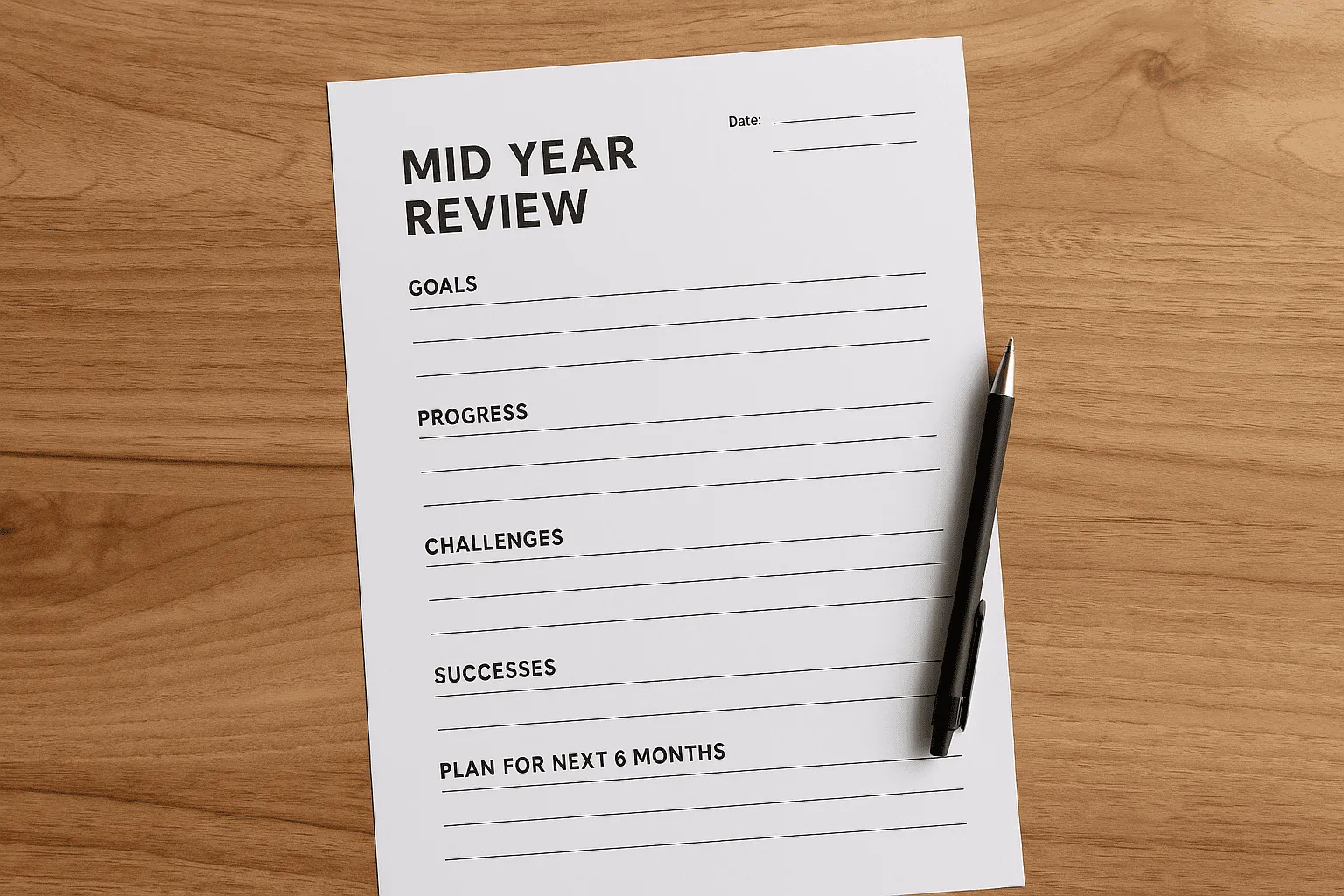
Accurate minutes ensure you both remember what was said—and what comes next.
🗂️ Mid-Year Review Agenda Template (60 minutes)
MID-YEAR REVIEW – [Employee Name]
Date: [DD/MM/YYYY]
Reviewer: [Manager Name]
Location / Link: [Office / Zoom URL]
Objective: Review progress and align on goals for H2.
1. Welcome & Objective (5 min)
– Set the tone: “This is a checkpoint, not a report card.”
2. Review of H1 Goals & KPIs (10 min)
– Walk through red/yellow/green status.
– Ask: “What helped move this forward? What held it back?”
3. Wins & Challenges (10 min)
– Self-reflection first: “What are you most proud of?”
– Then: “What surprised you—or slowed you down?”
4. Growth & Development (10 min)
– Training completed, stretch roles, skills gained.
– Ask: “Where do you want to grow next?”
5. H2 Priorities & Planning (20 min)
– Confirm or adjust goals.
– Define 2–3 development targets.
– Ask: “What support or resources do you need?”
6. Action Summary & Follow-Up (5 min)
– Recap agreed items.
– Book next check-in now.
📝 Mid-Year Review Minutes Template
MID-YEAR REVIEW NOTES – [Employee Name]
Date: [DD/MM/YYYY]
Manager: [Name]
Role: [Job Title]
H1 KPI SUMMARY
- Goal 1: [Metric] → Status: Green
- Goal 2: [Metric] → Status: Yellow – Scope changed mid-Q2
- Goal 3: [Metric] → Status: Red – Blocked by delay in X
TOP WINS
- Led [Project] that boosted conversion by 12 %
- Mentored new team member through onboarding
TOP CHALLENGES
- Roadblocks with vendor integration in April
- Juggled multiple deadlines during product launch
GROWTH & DEVELOPMENT
- Completed SQL training
- Took ownership of campaign reporting
- Wants to build stronger stakeholder influence
H2 GOALS (confirmed or updated)
1. Launch Q4 campaign → Owner
2. Reduce turnaround time from 5 → 3 days
3. Present customer insights to execs quarterly
DEVELOPMENT PLAN
- Shadow sales team for two sessions
- Lead Q3 brainstorming workshop
- Attend storytelling course (budget pre-approved)
SUPPORT NEEDED
- Dedicated design resource for weekly assets
- Budget for external training (€300)
FOLLOW-UP
Next touchpoint: [DD/MM] at [HH:MM]
Manager to send recap and unblock asset request
SUMMARY
The employee is tracking well, especially in delivery and initiative.
We realigned priorities to better match changing team goals and confirmed a learning path to build visibility.
Minutes recorded by: [Manager Name]
Sent on: [DD/MM/YYYY]
Mid-Year Review AI Notes & Scoring Sheet with Noota
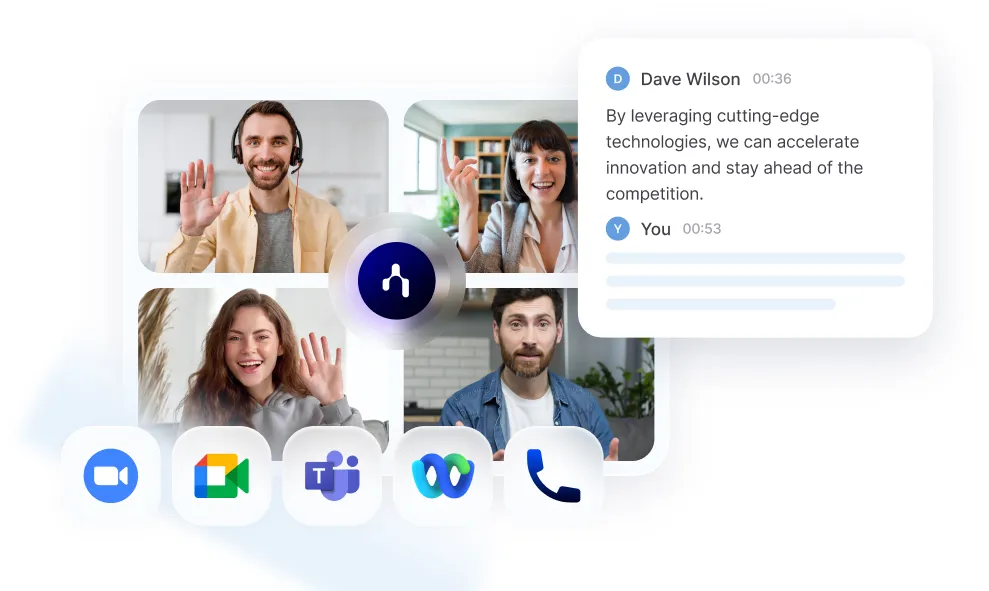
You just ran a focused, honest mid-year review.
Now someone has to write it all down. That’s where Noota steps in.
- Real-Time Transcription : Noota joins your Zoom or Teams call like a silent assistant.
It records every word, transcribes it in real time, and tags who said what—manager or employee. - Structured Summary, Built Instantly : Once the review ends, Noota builds a clean outline. Each section mirrors your agenda—ready to paste into your HR system or performance portal.
- AI-Powered Scoring Sheet : Noota doesn’t just transcribe—it analyses. The tool pulls each KPI from the conversation and assigns it to your 1–5 rubric.
- One-Click Recap Email : Hit “Send Summary” and Noota generates a polished follow-up email. It includes new goals, support requests, and the next check-in date.
- Seamless Integration : Noota plugs into your existing calendar. Label the event “Mid-Year Review” and it joins automatically. It syncs transcripts and scoring sheets into Google Drive, Notion, BambooHR, or wherever your team tracks reviews.
You want to keep track of your mid-year reviews ? Try Noota for free now.
Get the work done for any meeting
Meeting transcription, AI custom notes, CRM/ATS integration, and more
Related articles
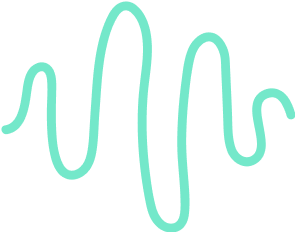
Forget note-taking and
try Noota now
FAQ
In the first case, you can directly activate recording as soon as you join a videoconference.
In the second case, you can add a bot to your videoconference, which will record everything.
Noota also enables you to translate your files into over 30 languages.

.svg)
.svg)
.webp)
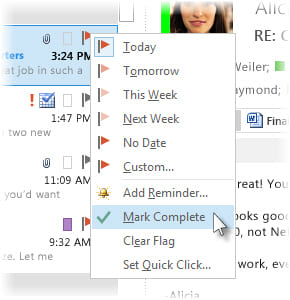
.png)

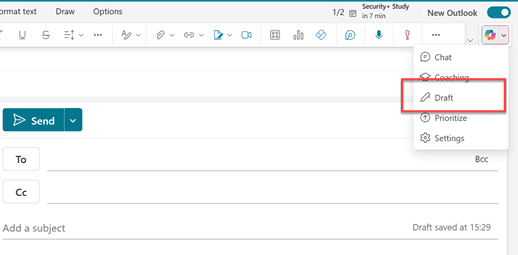
.svg)
